For the first time in a few centuries, Scotland’s oldest surviving manuscript has returned to its north-east roots.
The 10th Century Book of Deer, a rare example of a pocket gospel, will be displayed at Aberdeen Art Gallery over the summer months.
On loan from Cambridge University for a few months, the book is expected to draw in thousands of visitors.
While the majority of the book is written in Latin, it contains notes in Gaelic added by people in the north-east from the 1100s. This makes it the earliest example of written Gaelic.
The book also contains drawn illustrations, the equivalent of “medieval graffiti” inside.
‘Probably Scotland’s most important manuscript’
It is believed the historic book belonged to a monastery in modern-day Aberdeenshire.
Anne Simpson, from The Book of Deer Project, helped organise the exhibition, and said: “It’s probably Scotland’s most important manuscript in my view.
“It’s certainly the earliest known surviving written Gaelic that’s in the margins of the book.
“We don’t know if the book was written in Scotland but we do know that the marginalia, the Gaelic notes, were written in Scotland because the place names that are mentioned in the book are local to the north-east.
“That’s why it’s important for the Book of Deer Project which is situated here to make it more accessible to people and that’s why this exhibition and this summer celebration is happening.”
The exhibition is being funded by The National Lottery Heritage Fund and is part of a wider programme in Aberdeen and Aberdeenshire.
Delivered by The Book of Deer Project, the programme includes tours, storytelling, textile workshops, family trails and a special event on September 30 at Aberdeen Art Gallery.
A funded 12-week archeologic dig in search of the original monastery is going ahead.
‘Fantastic piece of our ancient history’
Ms Simpson, from Mintlaw, said it was a “dream” to get the Book of Deer back to the region.
“I’m so delighted we’ve actually managed to pull this off,” she said.
“It’s great just to have it here and I’m just hoping that people will come and see it.
“They may be a bit underwhelmed but they actually need to take the whole picture in and realise how important it actually is and in some ways how unknown it is.
“I think once people know about it they value it.”
Lord Provost David Cameron described it as a “fantastic piece of our ancient history”.
He said: “To get something back which started here well over a thousand years ago what a coup it is. And it’s not just for Aberdeen City it’s for the north-east.
“The National Lottery Heritage Fund, their funding has made this possible but the people who have done it, Anne Simpson and the others and all of the team and the University of Cambridge being so willing to allow this to happen is phenomenal.
“Exhibitions like this are just perfect to draw the public from the north-east and further afield in, to appreciate the art gallery as well as this particular exhibition. ”
The manuscript will be on display from July 9 until October 2 at Aberdeen Art Gallery. To find out more about the ongoing summer events, click here.
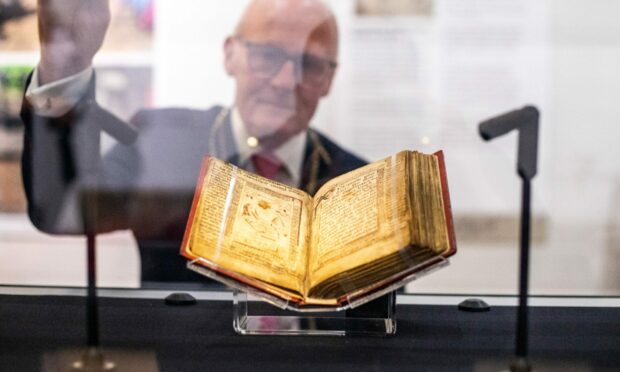
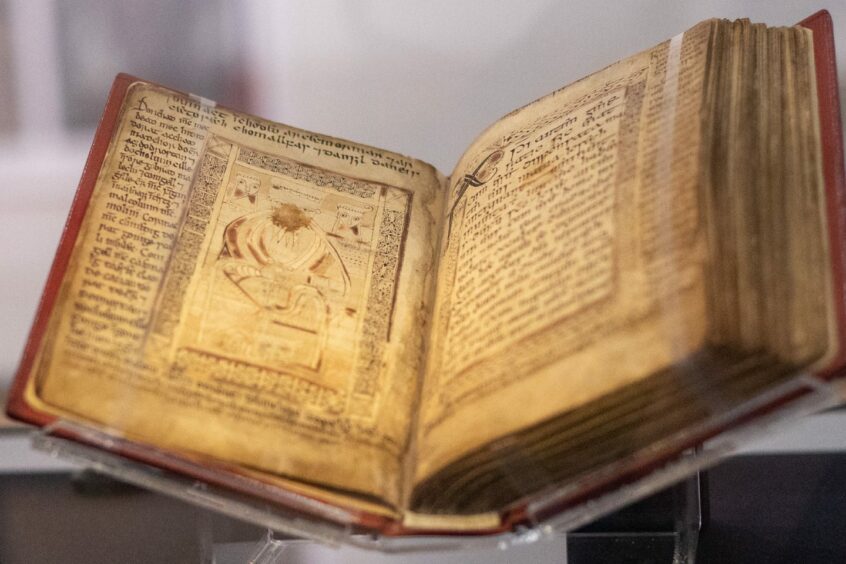
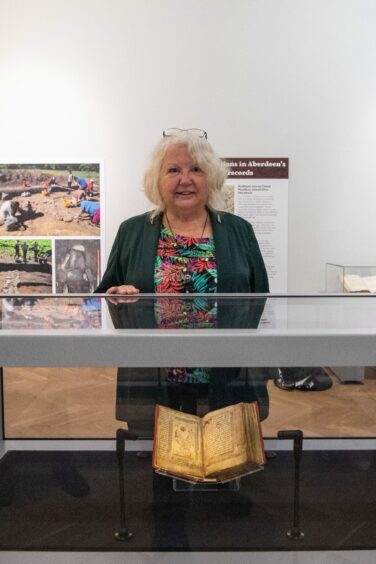
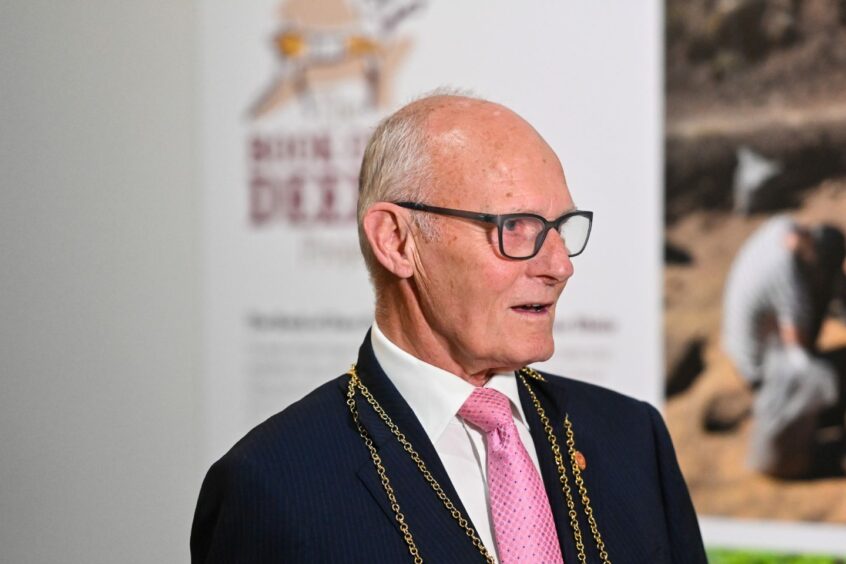



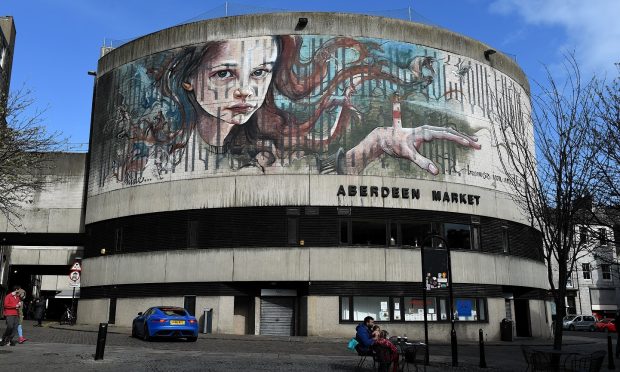

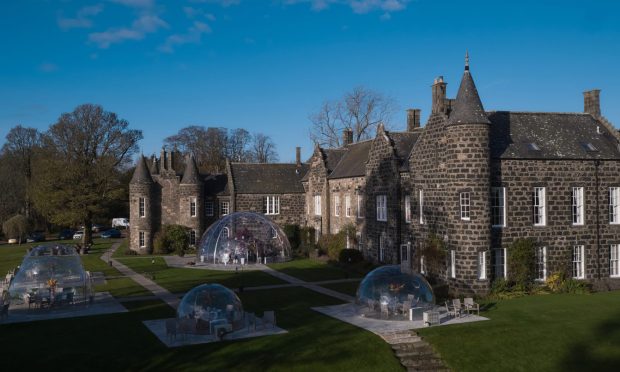
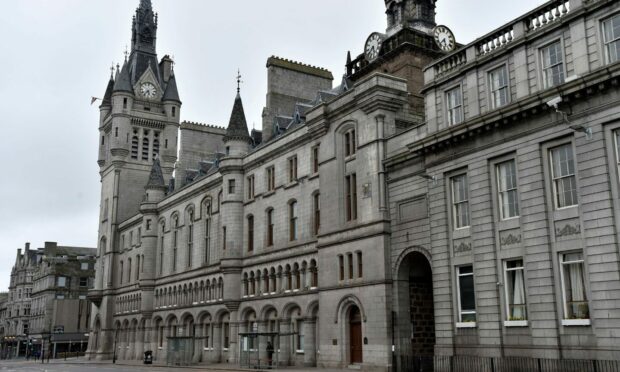



Conversation